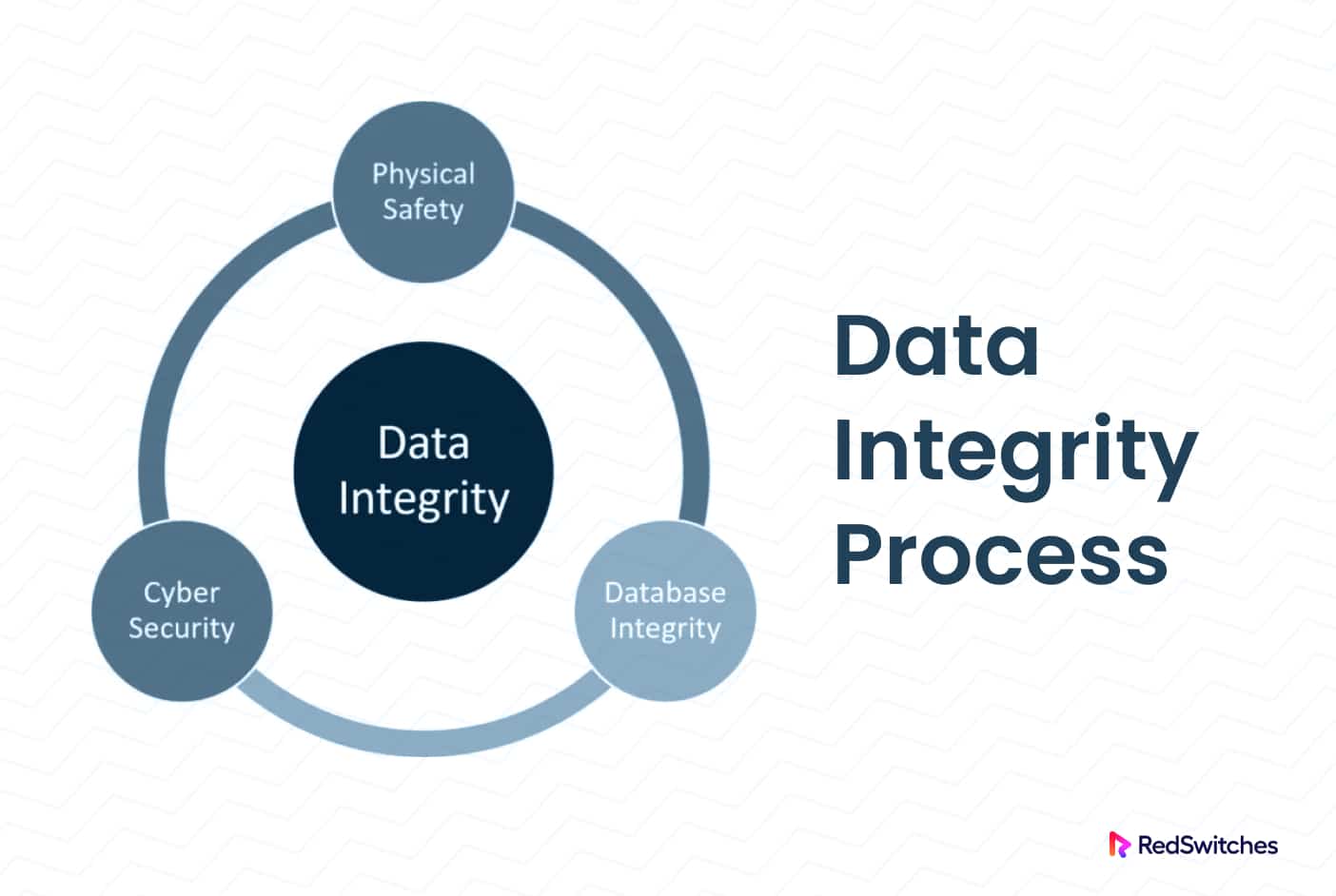Data integrity for databases

Ensuring data integrity is a critical aspect of managing databases, as databases are central repositories of information in various applications and systems. Data integrity in databases involves maintaining the accuracy, consistency, and reliability of data throughout its lifecycle. Here are key considerations and practices for achieving data integrity in databases:
1. Data Validation Rules:
- Implementation: Define and enforce data validation rules to ensure that data adheres to predefined standards, constraints, and business rules.
- Example: Use constraints such as primary keys, unique constraints, check constraints, and foreign keys to enforce data integrity at the database level.
2. Transaction Management:
- Implementation: Use transactions to ensure the atomicity, consistency, isolation, and durability (ACID properties) of database operations.
- Example: Wrap related database operations within a transaction to ensure that either all changes are committed or none are, preventing partial updates.
3. Referential Integrity:
- Implementation: Define and enforce relationships between tables using foreign key constraints to maintain referential integrity.
- Example: Ensure that foreign key values in one table correspond to primary key values in another table.
4. Unique Constraints:
- Implementation: Enforce unique constraints to prevent the existence of duplicate values in specified columns.
- Example: Use unique constraints to ensure that no two records in a specific column have the same value.
5. Data Validation at the Application Level:
- Implementation: Implement additional data validation checks at the application level before interacting with the database.
- Example: Validate user input, perform business logic checks, and ensure data consistency before submitting changes to the database.
6. Error Handling and Logging:
- Implementation: Implement robust error handling mechanisms and logging to capture and respond to errors.
- Example: Log error messages, exceptions, or inconsistencies to facilitate diagnosis and resolution.
7. Data Auditing:
- Implementation: Use audit trails to track changes to data, including who made the changes, when, and what changes were made.
- Example: Enable database auditing features or implement custom logging to track data modifications.
8. Consistent Data Types:
- Implementation: Ensure consistent data types across columns to prevent unexpected conversions or type-related errors.
- Example: Define and enforce appropriate data types for each column in the database schema.
9. Data Backups and Recovery:
- Implementation: Regularly perform database backups and implement a robust recovery plan.
- Example: In the event of data corruption or loss, restore data from backups to maintain data integrity.
